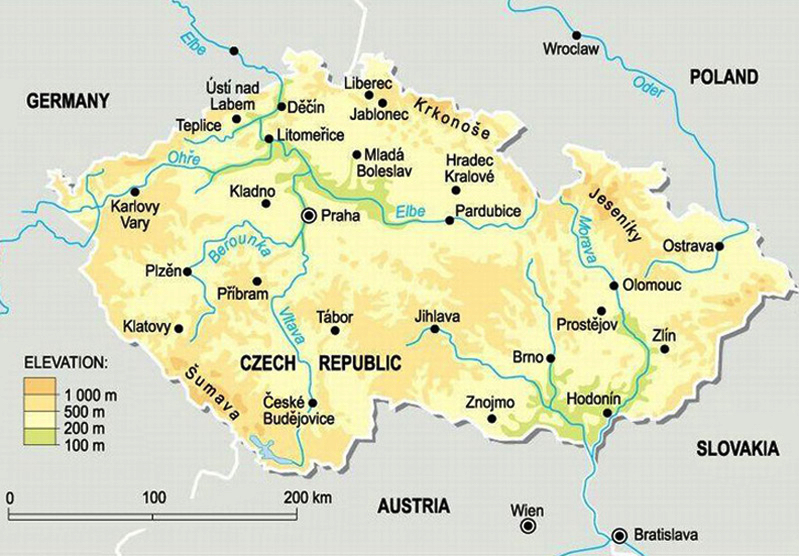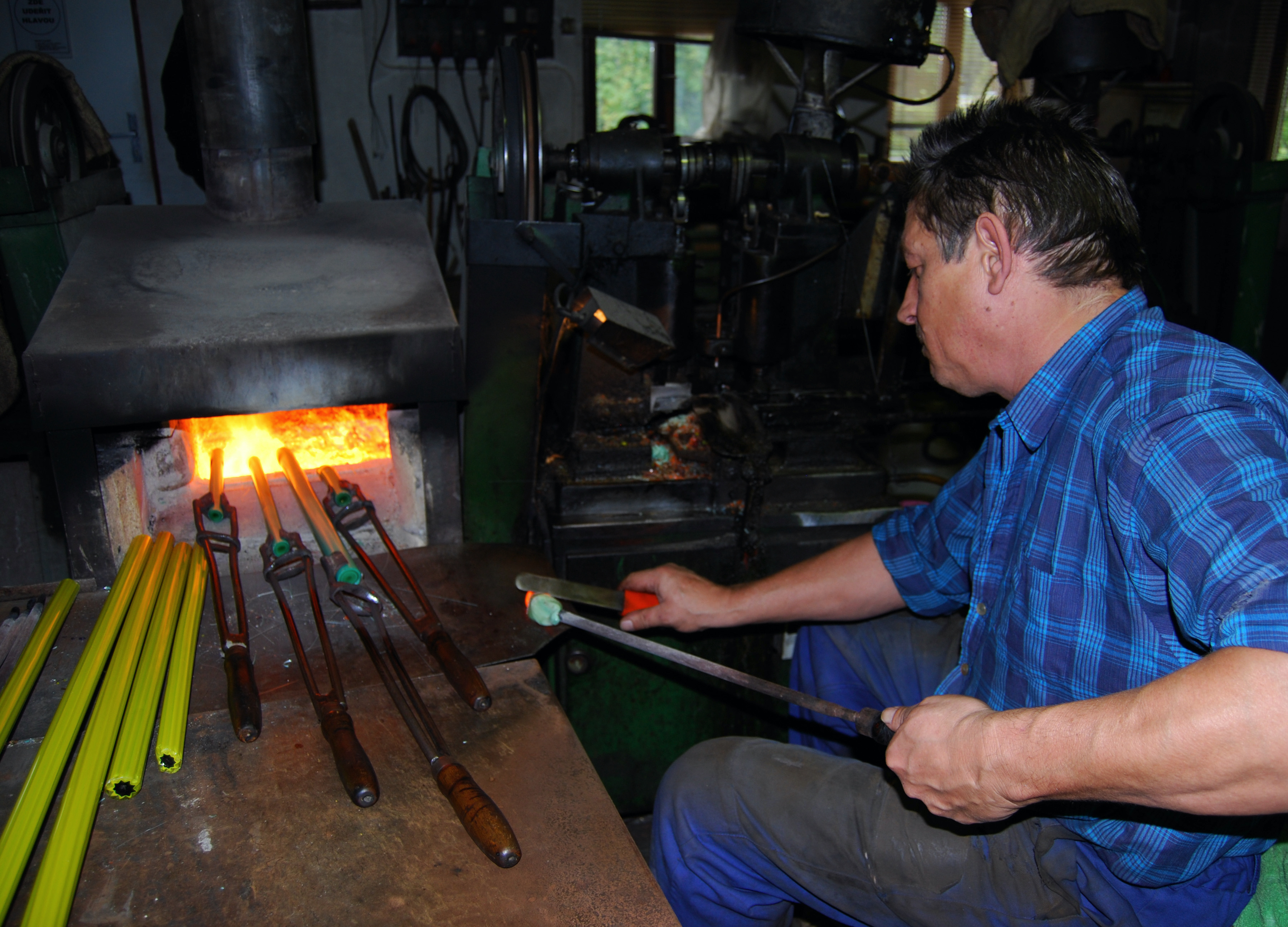CZECH GLASS BEADS AND BUTTONS
Centered around the city of Jablonec in the northern Bohemian mountains of the present Czech Republic — near ample deposits of silica and other minerals needed for glassmaking — small cottage industries of bead and button makers began to flourish in the late 14th century. By the end of the 17th century, Czech glass workers had perfected the Venetian “drawn-glass cane” technique and challenged the Italians in quality of design and workmanship.
Utilizing secretive labor-intensive handcrafted bead-cutting and facet-grinding methods, Czech artisans created glassworks of stunning originality ranging from brilliant imitations of precious stones to original applications of special coatings, finishes, and foil centers. Though in recent years glass cane production and facet cutting has become automated, the antique Czech beads used in my designs were created using the ancient artisanal processes.
Czech glass buttons are made individually using techniques developed in the late 18th century. A glass cane is softened by fire, then placed in a tong-like mold and hand-pressed into shape.
After a complex finishing/polishing process, each button is hand-painted, sometimes with as many as six colors. After each paint layer has dried, the buttons are fired in a kiln to bake on the colors and then cooled very slowly, sometimes for as long as three or four days. The buttons in my collection were created through this process using antique, vintage, and modern molds.
Glass rods fired at a cottage factory in the Jizera Mountain region of the northern Czech Republic.
The northern Bohemian region centered around Jablonec has been producing extraordinary glass artistry since the late 14th century.


